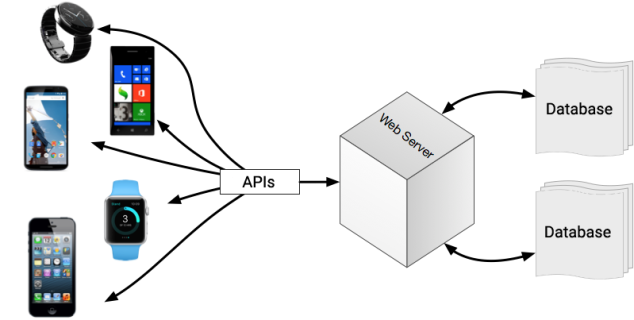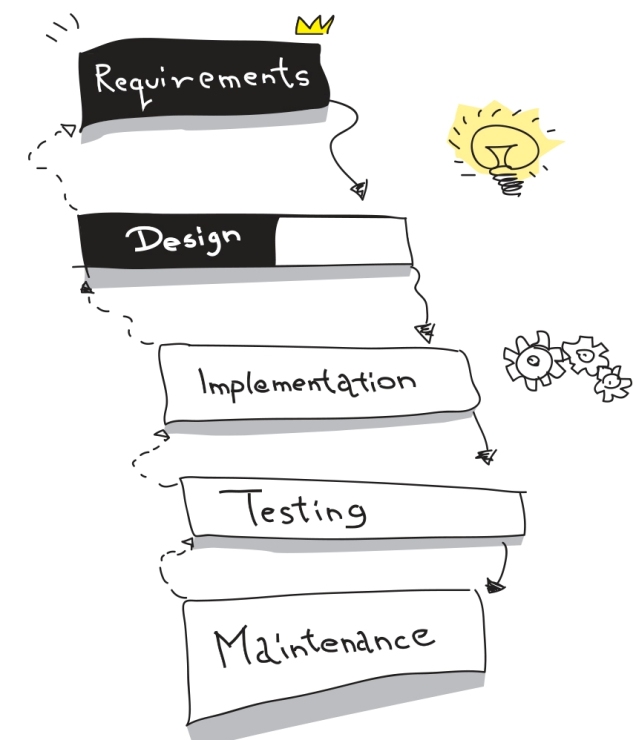 Discover the Secret of Saving Thousands of Dollars Each Month While Increasing Your Web and Mobile App Development Productivity
Discover the Secret of Saving Thousands of Dollars Each Month While Increasing Your Web and Mobile App Development Productivity
Here’s the ultimate ‘Offshoring Discovery’:
If you think about it Google hasn’t even reached its twentieth birthday, yet it is one of the fastest growing companies in the world. How is it that some companies seem to have accelerated growth and others have come out of nowhere to become leaders in a really short period of time. How do they do it?
Answer: Leveraging Time and Talent
They are not stuck in the old traditional (comfortable) ways of doing things. In fact some would say they are rule breakers or industry transformers. But, the one thing they all have in common is a Global workforce. They have figured out how to leverage highly skilled and talented people from around the world.
They take advantage of the world economy and provide great jobs in countries where the cost of doing business is much lower. They have figured out how to leverage the time zone differences to extend their days and get things done faster.
You can do the same for your department and your company. All you need to do is leverage the advantages of offshoring.
Top Ten Offshoring Advantages And How To Make The Most Of Them
Advantage #1 – No Real Estate
Where is the person going to sit? The cost associated with that desk space is a big consideration in the leading corporate cities around the world. The price per square foot in any major city in the world is a big factor in the overall cost of providing for an onshore employee –desk, chair, computer, etc. On top of that there is the time needed to find the space, negotiate the lease, and build out the space. Plus you need to be comfortable taking on the long term commitment. All are things that can slow you down.
When you setup an offshore development office you are not paying the high rents associated with onshore offices. Nor are you taking on a multi-year commitment.
Advantage #2 – Highly Talented People
For many companies a limiting factor affecting growth is the ability to find smart, highly skilled employees. There are smart people born everywhere, and many pursue a University Degree in Computer Science or Computer Engineering. The cool thing about computers is the language they understand transcends spoken language. Computer languages have a much smaller lexicon therefore allowing many people to understand and decode what is being done.
Advantage #3 – Different Time Zones
What began as a disadvantage, smart companies like Google have parlayed into a strategic approach that speeds development by creating a 24 hour development cycle.
Having developers work both onshore and offshore allows development to continue when one group finishes their day. Development speeds up as the project is handed off from one team to the next. Some additional management time and co-ordination between teams is required but the result is staggering. What would take 3 days to develop using a resource in a single time zone can now be completed in a day with round the clock development.
Advantage #4 – No HR Headaches
Have you ever wished that you could just have a conversation with someone about the type of people you are looking for, and they immediately got it. They then went off and wrote the job posting, prescreened all the candidates for you and then just brought you the list of candidates for you to choose from. That’s what happens when you work with an organization that manages the all of these details for you. An additional bonus is that you don’t need to get approvals for various job sites, salary levels, etc.
You establish your budget for your offshore team and then you’ll get just one invoice, which is a pure expense to the business. No need to manage payroll, or benefits.
If someone doesn’t work out it is then easy to release someone from the team with no HR issues.
Advantage #5 – Easy to Manage
Everyone wonders about managing people half way around the world, the key is to have your overseas staff working for one organization that takes care of all the basics like checking to see if everyone arrived on time and put in their full days work. What you need is while you are sleeping, someone else is watching over the team for you and creating for you the basic reports.
You get to focus on the tasks they are working on, the challenges they need help with you don’t need to deal with the petty little stuff.
Advantage #6 – Responsiveness & Scalability
As your needs change it is easy to change your workforce. When you need more people or you need to shrink your workforce you can just pick up the phone or send an email and say I need more or less. You are not managing space, infrastructure or employee termination processes.
You can also easily swap out someone that is not working out for you because the relationship is with the Offshoring Company you are working with. The relationship they have with you is larger than that one person.
Advantage #7 – Security, Control and Confidential Information
Having security, control and protecting confidential information is easier today. With today’s technology it is easy to setup a VPN or virtual private network access or VDI virtual desktop access to your current infrastructure. This gives you full control over the access to your systems. You can even install monitoring software that lets you check-in on people from time to time and see what they are doing with or without notifying them.
Advantage #8 – No Hidden Costs
When you have a dedicated team of developers offshore that is provided to you through one provider you pay just one price per month: there is no hidden costs.
When you hire for a project, you often run in to additional costs because of natural evolution of change as the code moves through the normal testing and release schedule of alpha, beta, release candidate, live.
This process creates a natural conflict between the offshore development company and yourself due to the management of scope creep. Scope creep is eliminated when you use a software dedicated team.
Advantage #9 – Culture
When you outsource a development team (rather than a project team) you can indoctrinate them in your corporate culture – Wear the logo – etc. They become your employees, they know your standards and understand what it is that you are trying to accomplish. This naturally leads to a better outcome. You know this to be true. Your best developers are the ones that have bought into the company goals and culture. It is no different when you move development offshore.
Advantage #10 – Continuity – Same Resource – No Retraining
When you hire an offshore development team they are your team dedicated to you. As the scope of the project changes it is no different than how you manage your home team. As new projects arrive, you assign them to your team. These are the people you are comfortable with and you have developed trust in.
When you work on a project basis when the project ends the team is disbanded and moved to other projects. You may or may not be able to have the same people.
Take the next step…
Get any and all of your questions answered about offshoring at Stepin Solutions, simply email at hello@stepinsolutions.in to schedule time to get any remaining questions you have about offshoring answered. We have an experienced web and mobile development team. And if you need a dedicated developers we will reach out to you to achieve your dream by providing a full stack development team.





